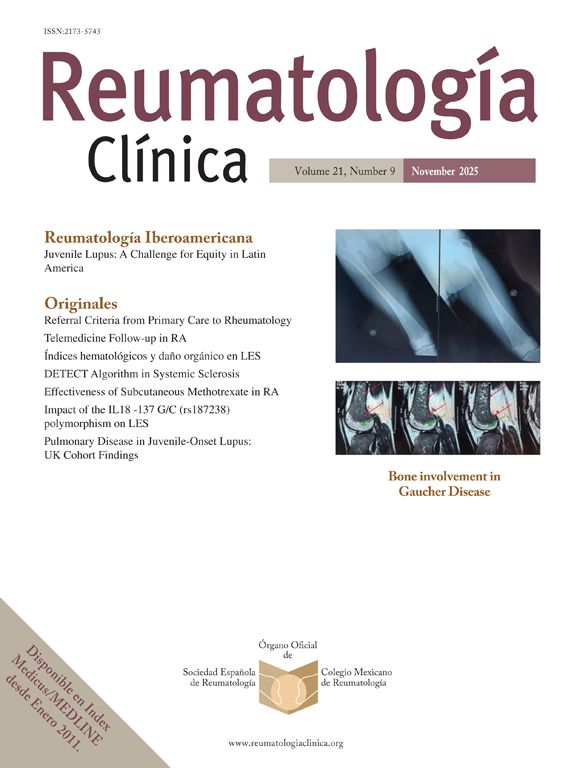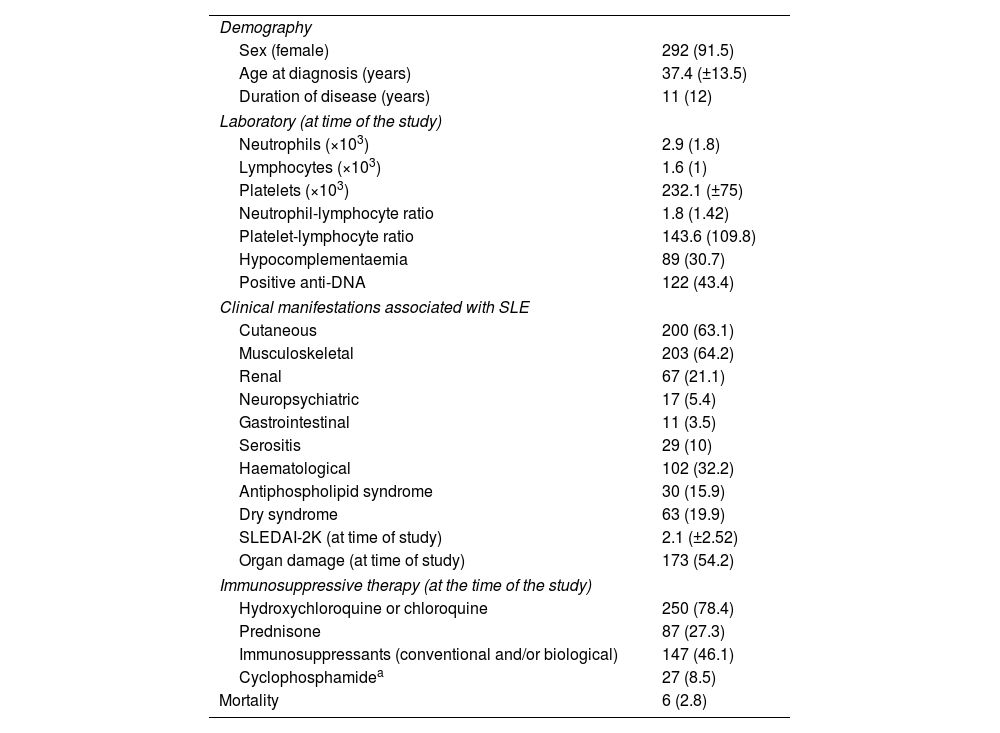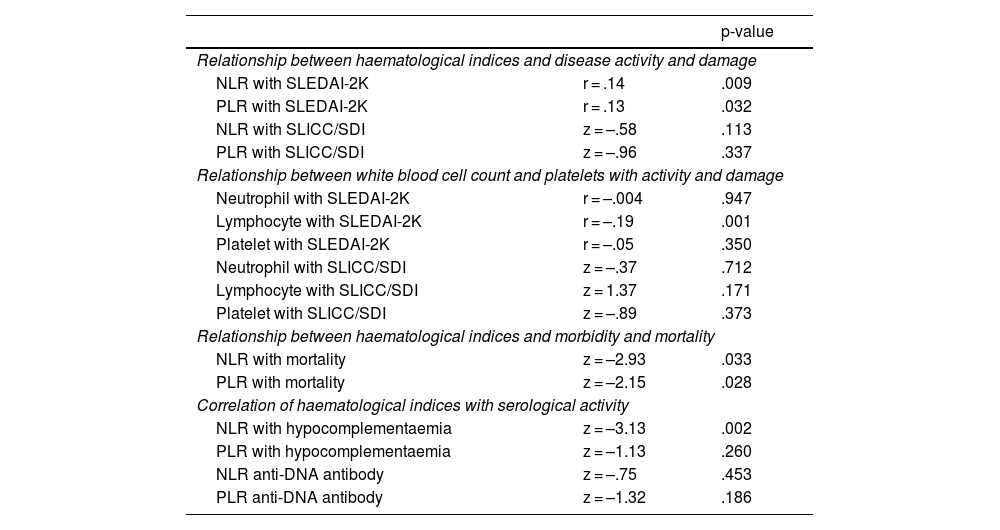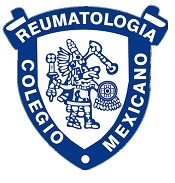Systemic lupus erythematosus (SLE) is a chronic autoimmune disease with a variable course. There is a need for simple and accessible biomarkers to assess disease activity and prognosis.
ObjectivesTo analyze the relationship between hematological indices NLR (neutrophil-to-lymphocyte ratio) and PLR (platelet-to-lymphocyte ratio) with disease activity and organ damage in patients with SLE.
Materials and methodsA multicenter retrospective study including 319 patients with SLE. Associations between NLR and PLR with disease activity (SLEDAI-2K), organ damage (SLICC/SDI), hypocomplementemia, mortality, and clinical manifestations were evaluated.
ResultsBoth indices showed a significant association with disease activity, even after adjusting for confounding factors. No associations were found with organ damage or specific clinical manifestations. NLR was associated with hypocomplementemia, and both indices were linked to mortality.
ConclusionsNLR and PLR may serve as useful, low-cost, and complementary tools for monitoring disease activity in SLE. Prospective studies are needed to confirm their value as independent biomarkers.
El lupus eritematoso sistémico (LES) es una enfermedad autoinmune sistémica con un curso variable. Es necesario contar con biomarcadores simples y accesibles para evaluar su actividad y pronóstico.
ObjetivosAnalizar la relación entre los índices hematológicos RNL (ratio neutrófilo-linfocito) y RPL (ratio plaqueta-linfocito) con la actividad y el daño en pacientes con LES.
Material y métodosEstudio retrospectivo multicéntrico de 319 pacientes con LES. Se evaluó la asociación de RNL y RPL con la actividad (SLEDAI-2K), el daño orgánico (SLICC/SDI), la hipocomplementemia, la mortalidad y manifestaciones clínicas.
ResultadosAmbos índices se asociaron significativamente con la actividad de la enfermedad, incluso tras ajustar por factores de confusión. No se observaron asociaciones con el daño orgánico ni con manifestaciones clínicas específicas. RNL se relacionó con hipocomplementemia, y ambos índices con la mortalidad.
ConclusionesRNL y RPL podrían ser herramientas útiles, económicas y complementarias para el seguimiento de la actividad en el LES. Se requieren estudios prospectivos para confirmar su valor como biomarcadores.









